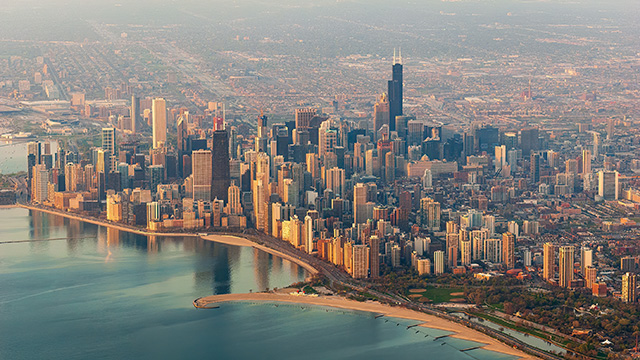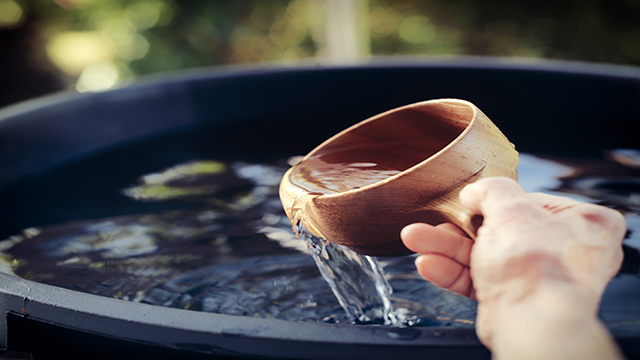Decanter wastewater solution in Chicago
Every day, urban areas release millions of cubic meters of untreated wastewater into our planet’s waterways. In Chicago, one of the world’s largest water reclamation plants is helping change these statistics by using technology that transforms billions of liters of wastewater daily into clean water and agricultural by-products.
DATE 2025-04-01
The Stickney Water Reclamation Plant, located in Chicago—a major metropolitan area in the heart of the American Midwest—holds the distinction of being one of the largest water reclamation plants in the world. Built in the late 1920s, the plant processes 2.4 to 5.3 billion liters of wastewater daily, serving central Chicago and 43 suburban communities with a combined population of approximately 2.5 million people.
Every time someone in that area uses a sink or flushes the toilet, that water goes through a complex cleaning process in order to protect the environment.
Untreated wastewater is a global environmental issue. Urban areas release about 150 to 250 million cubic metres of contaminated water per day into our planet’s topsoil, rivers, lakes and oceans, according to a report from the United Nations Environment Programme, the UN Human Settlements Programme and the UN Secretary General’s Advisory Board on Water and Sanitation, in partnership with the members of UN Water. This sewage causes disease, threatens food supplies and creates what are known as “dead zones” in the ocean.
In the United States, the federal government first made sewage treatment a priority in the 1940s, allocating funds to build water treatment plants to serve the nation’s growing population. Today, those treatment plants need continuous upgrades to keep up with increasing wastewater demands.
The Stickney Water Reclamation Plant sets the standard by processing more water per day than almost any other wastewater plant in the world. When sewage enters the plant, it begins a 10-hour journey that removes over 90% of contaminants. Several sets of tanks separate heavier solids from lighter ones, and special protozoa are introduced to further separate the waste from the water. After the protozoa are removed (and reused for the next batch of wastewater), the clean water is channeled into the Mississippi river, eventually flowing into the Gulf of Mexico.
The solid waste remains at the plant for a much longer period—up to 30 days. Alfa Laval developed two specialized decanters that double the plant’s capacity to process the wastewater sludge into a biosolid called “cake” that is ideal for agriculture use. The cake reintroduces rich nutrients into the soil and is used to turn barren areas into parks, golf courses and farms.
The sustainable solution at the Stickney Water Reclamation Plant may seem like a drop in the bucket compared with all the untreated wastewater in the world, but it’s a drop in the right direction.
Related industries

2.4 to 5.3 billion liters of wastewater processed daily

50% savings in power consumption

20 million US dollars in savings over 20 years

